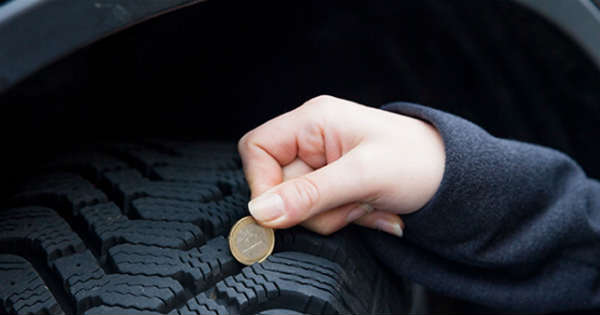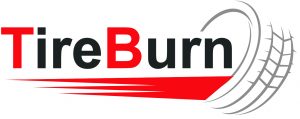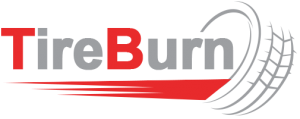Your car’s tires are best thought of as its “shoes”. When a pair of shoes gets worn out, it’ll cause problems throughout the body, and the same applies to your vehicle. A set of worn tires decreases a car’s fuel efficiency, affects its handling, reduces traction, and makes it harder to drive. How can you tell when it is time to replace your tires? Here are a few signs that you’re in need of a new set.

Worn-Out Tread
Thin tread keeps your car from gripping the road in wet conditions, resulting in quite the slippery ride. Use a penny to measure the depth of your tread, which shouldn’t go below 1/16″; if the top of Lincoln’s head shows, or if the wear indicator bars are clearly visible, it’s time for a new set of tires. If you’re unsure and if you need information on tire replacement, give us a call.
Cracking Sidewalls
Over time, UV exposure will cause the rubber in the tires to degrade, and it may cause sidewall cracks or tread separation. Sometimes, cracks occur after hitting a curb or a pothole, and they may indicate the presence of an air leak-;or much worse. If cracks are left untreated, they can lead to a dangerous blowout. If your tires are cracked, replace them right away.
Bubbles
Tires with sidewall bubbles have typically hit a curb or a pothole at least once. These problems are not repairable, and replacement is the only option. Even a small bubble increases the risk of a deadly blowout, and if you see a bulge, replace the tire immediately.
No Rotation
When tires are not regularly balanced and rotated, they’ll wear unevenly. A vehicle’s front tires, which do all the turning and carry the engine’s weight, will wear out sooner and need more frequent replacement unless they’re rotated every 3000 to 5000 miles. If your front and rear tires are different sizes, or if you tend to skip the tire rotation part of an automotive service, you may need new tires.
Excessive Vibration
When your car shimmies and shakes, it’s never a good thing. A rumble under the seat may mean that your rear tires are unbalanced, while a bumpy steering wheel might indicate the presence of a suspension or alignment issue. If you’re getting anything but a smooth ride, it’s time to replace your tires and get the problem checked out.
Over- or Underinflation
If your tires are over- or underinflated and the problem goes untended, they’ll wear unevenly and need replacement sooner. Underinflated tires wear on the edges, while overinflated tires wear mainly in the center. Your vehicle’s suggested tire pressure is found on a sticker in the driver’s door jamb and in the instruction manual. The PSI (pounds per square inch) on the sidewall is the maximum safe level.
In Closing
Your car’s tires are one of its most important parts, as they’re the only connection between the vehicle and the road. As such, they need constant monitoring and frequent replacement.
Driving on worn, underinflated, or bubbled tires can be dangerous, not just for you, but for everyone else on the road. Whether you need a tire rotation, just one new tire, or an entire set, we hope you’ll think of us first. Call or click today to schedule an appointment for a tire inspection.




